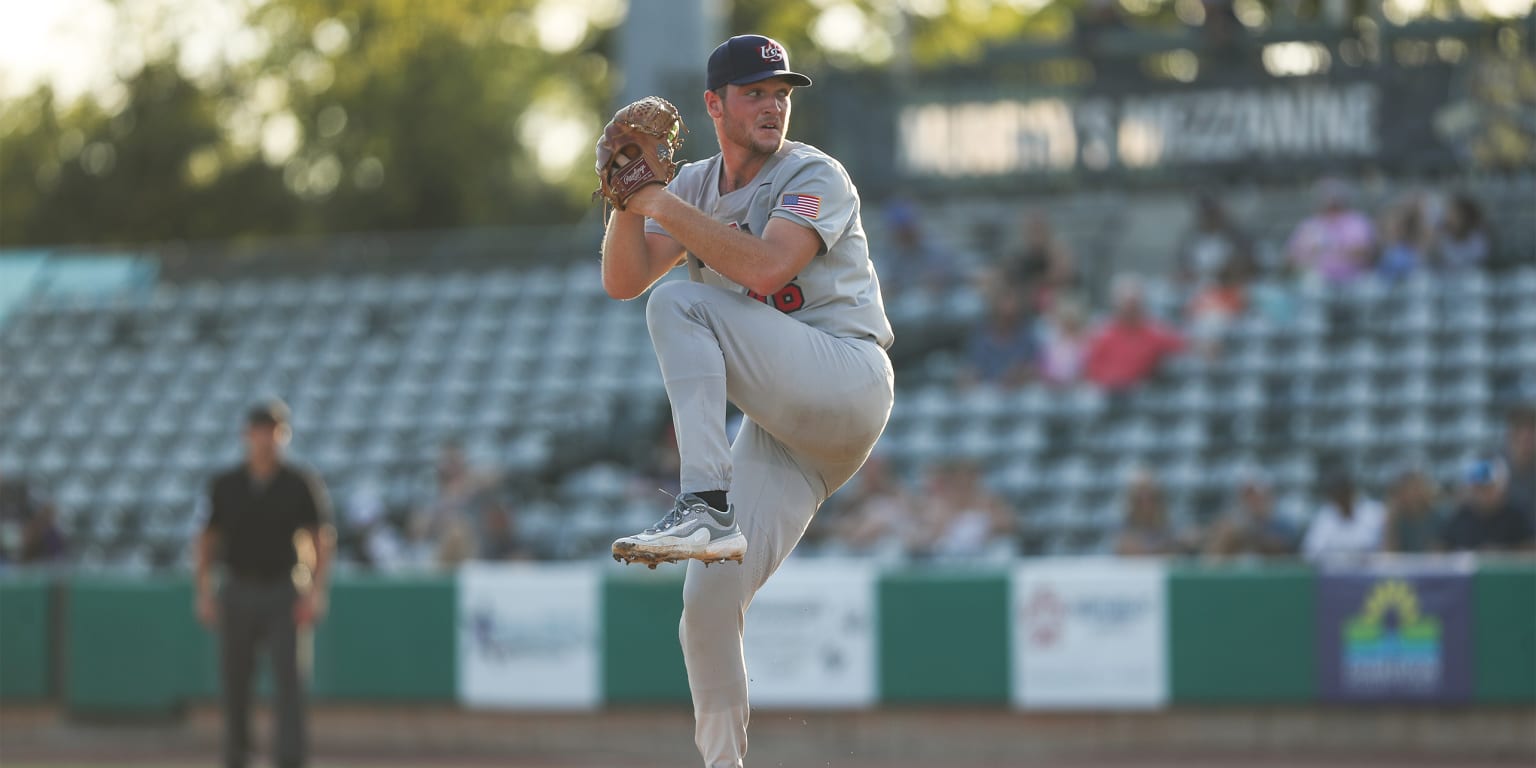Sports
What players will go through in 2024 – Sportsnet.ca

June 6, 2024, 12:28 PM
For everybody not directly involved in the Stanley Cup Final, Buffalo is the centre of the hockey world this week.
The annual NHL Draft Scouting Combine has been happening since Monday in the Queen City and wraps up on the weekend with the bulk of the fitness testing for 100 2024 draft hopefuls currently in Western New York.
(A few of the tests are completed before Saturday).
While the endless interviews — and, to a lesser degree, the results of bike sprints and pullups — can influence what NHL clubs decide to do come draft day, there tends to be a lot of consensus already constructed in terms of the top three-to-five picks by the time we annually land in Buffalo.
But that is not the case this year.
The San Jose Sharks are going to walk on to the stage at the Sphere in Vegas on June 28 and select centre Macklin Celebrini — who is slated to take part in the fitness testing in Buffalo — first overall. After that, there’s going to be way more bated breath than usual surrounding each selection as we see how the board falls.
Two highly intriguing Russian players — goal-getting winger Ivan Demidov and 6-foot-7 defenceman Anton Silayev — are not in Buffalo, just as Russian scoring whiz Matvei Michkov was not at the combine 12 months ago.
It’s conceivable both Demidov and Silayev could be gone by pick No. 4.
A third player from that corner of the world — Belarusian Artyom Levshunov — is also firmly in the mix to go soon after Celebrini. The right-shot D-man is at the combine after playing in North America the past two seasons — first in the USHL, then in the NCAA with Michigan State — and just might be the first defenceman off the board in a draft that’s saturated with intriguing blue-liners.
Joining Levshunov and Silayev in the high-end defenceman conversation are two rearguards who just clashed at the Memorial Cup — Sam Dickinson of the London Knights and Zayne Parekh of the champion Saginaw Spirit — as well as Zeev Buium of the NCAA-champion Denver Pioneers.
Dickinson, Parekh and Buium are all in Buffalo, where the fitness testing takes centre stage on Saturday. In addition to having their height and wingspan measured, the athletes will take part in a variety of strength and endurance tests.
Here’s a look at the paces they’ll be put through before Saturday, then on the floor of the LECOM Harborcenter in downtown Buffalo during the main day of testing. For the most part, we’ll directly share descriptions the league provides of each test.
TESTS OCCURRING BEFORE SATURDAY
Basically, guys stand on one leg and move the elevated leg in three different directions. The Y-Balance is a dynamic test that “incorporates three movement directions (anterior, posteromedial and posterolateral). The goal of this test is to maintain single-leg stance on one leg while reaching as far as possible with the contralateral leg. It has been used to assess physical performance, demonstrate functional symmetry and identify athletes at greater risk for lower extremity injury.”
(Unlike every other test, the league does not make the Y-Balance results public).
Straightforward as it sounds. “The athlete adjusts a hand grip dynamometer to his hand size, fully extends his arm and squeezes the dynamometer as forcefully as possible. The test is conducted on both hands.”
Have your bucket handy! This is the one where guys pull on a silicone facemask, climb on a professional-grade spin bike (watt bike) and start pedalling. It’s a protracted stint on the bike aimed at testing cardiovascular and respiratory capacity.
“Aerobic fitness is assessed by measuring the amount of oxygen utilized (VO2max) during maximal exercise employing volume determination and analysis of expired air. In addition, heart rate is monitored continuously, providing data for heart rate-based training.”
TESTS OCCURRING ON SATURDAY
Horizontal jump (previously named Standing Long Jump)
Remember the old standing broad jump from elementary school? This is basically it.
“The athlete stands with feet slightly apart with toes behind the jumping line. Using an arm swing to assist, the athlete jumps as far as possible. The distance from the jumping line to the heel mark in the best of three trials is recorded to the quarter inch.”
This one is a bit convoluted, but basically the prospects will perform three distinct jump types that are captured by high-speed cameras and a force-plate system that “will be used to objectively measure the direction, strength and timing of the three-dimensional forces that the athlete produces during hockey-related movement. The test will provide immediate feedback allowing teams to assess movement efficiency, physical performance and injury potential.”
A classic where players are asked to hoist 50 per cent of their body weight.
“The athlete lies on his back on the bench and grips the barbell with thumbs approximately shoulder width apart. The buttocks must remain on the bench with the feet on the floor. The starting position is with the arms fully extended. The bar is lowered to the chest, after a slight pause, athlete pushes the bar as quickly as possible until their arms are fully extended. Each athlete will perform three reps at maximum velocity, with a slight pause between each rep at the chest position.”
Players shuffle five yards in one direction, 10 back the other way, then five again to return to their starting point. The test evaluates “multi-directional speed, agility and whole body reaction plus control. This is a timed test utilizing a laser timer.”
Maybe the worst nightmare of non-elite athletes? It’s as simple as it is difficult; hang on the bar and pull yourself up as many times as you can using the proper technique.
The slightly kinder cousin to the VO2max that wraps up the testing. Athletes climb on the professional-grade spin bike, warm up for a bit, then let fly for 30 seconds.
“Revolutions are recorded for each five-second period, then power output is calculated for both the peak five-second period and the 30-second duration.”
The full schedule for testing participants on Saturday is below, with Celebrini scheduled to be part of the third group:























)






